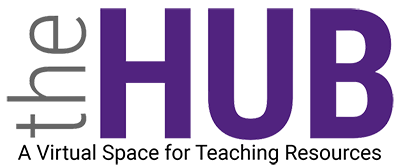Prompt Engineering Basics: https://lnkd.in/e3Ww6pDz ChatGPT Prompts Mastery: https://lnkd.in/eKzysUbR Intro to Generative AI: https://lnkd.in/eFP9u3xW AI Introduction…
Purpose
This is a structured opportunity for students to discuss an issue with their teammates, make an argument, and support their position with evidence. Having students discuss and defend their ideas allows them to review and revise their thinking, and it gives them practice with skills that they will be expected to use in their writing and assessments. It also offers you a window into their thinking, so you can check for understanding and tailor instruction as needed.
Breaking It Down
■ The students take turns sharing their thoughts about a topic
or their answers to a question, being sure to give concrete
reasons for their position.
■ As each student shares, team members listen carefully to
the argument.
■ Once the student has finished, teammates challenge the
student with questions like: How do you know that? Why do
you think that? What evidence do you have?
Fine-Tuning the Technique
■ The students may need time and repetition to internalize this process, but you can make it easier for them by consistently challenging all the students to support their answers. Don’t accept responses at face value.
- Always ask the students:
How do you know that? - Why do you think that?
- What evidence do you have?
■ If you notice that some team members are less involved in team discussions, try the Chip In technique to encourage equal participation of all members.
■ To improve the quality of discussion, have the students paraphrase or restate what their teammates just said, before offering their own responses. You could also ask teams to focus on active listening, and award team cooperation points to teams that show good listening skills.
■ Be judicious in your use of this routine. Reserve it for the most essential concepts in a lesson; not every question deserves the same level of extended discussion.
■ Explicitly show the students how to apply the same strategy to their
writing, not just their speaking. Help them learn to develop their answers
on assessments, student pieces, and written reports using the same three
questions: How do you know that? Why do you think that? What evidence do you have?
■ Each class period, spend five minutes or so listening to one team’s discussion. What does this tell you about the students on the team? Have they grasped the most important concepts? Do you need to clarify any misunderstandings? Can you tell anything about their learning styles? How might this change the way you present new material to these students?
PowerTeaching Cooperative Learning Handbook

This Post Has 0 Comments